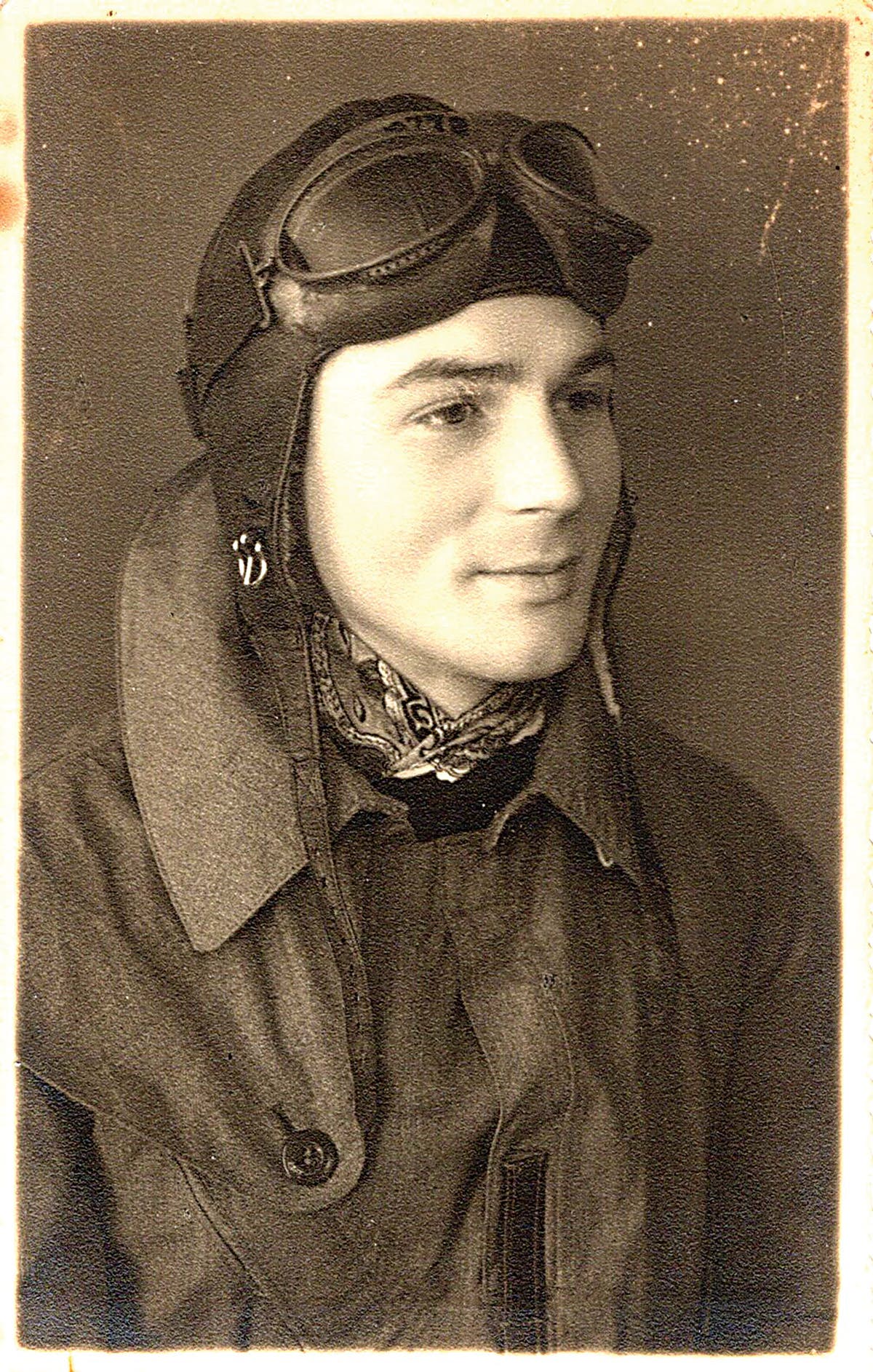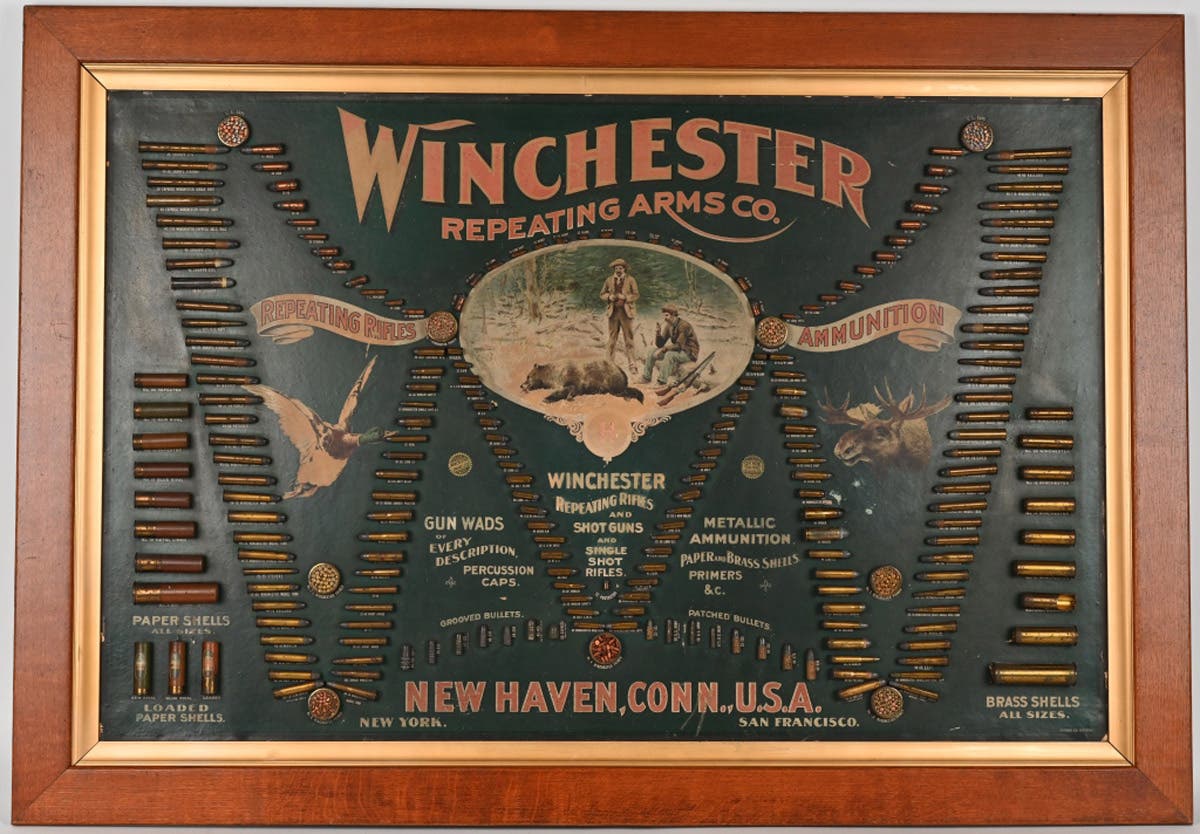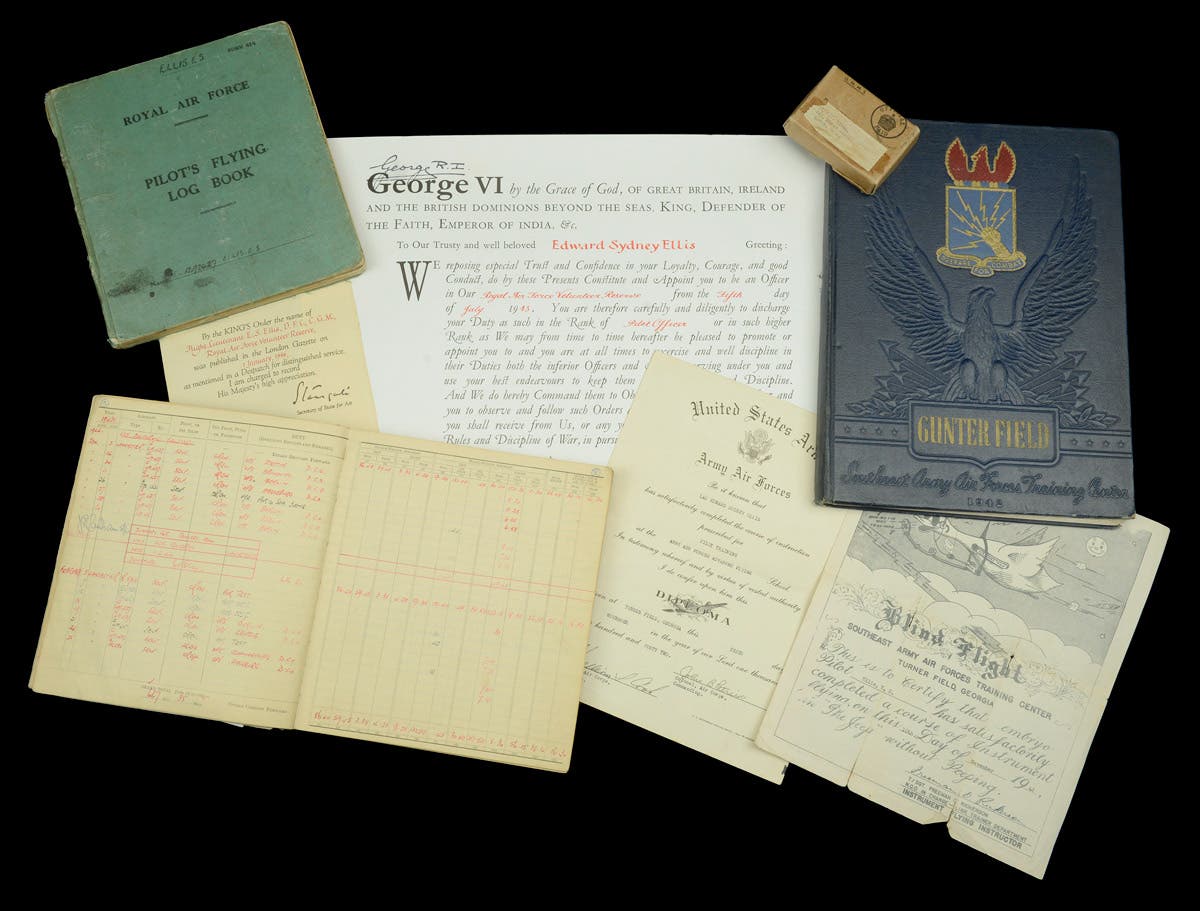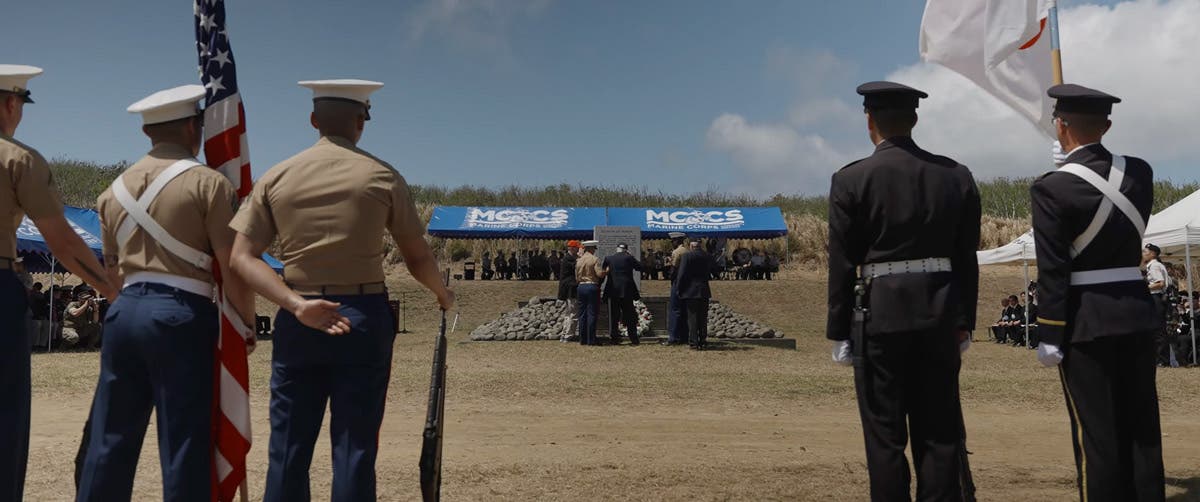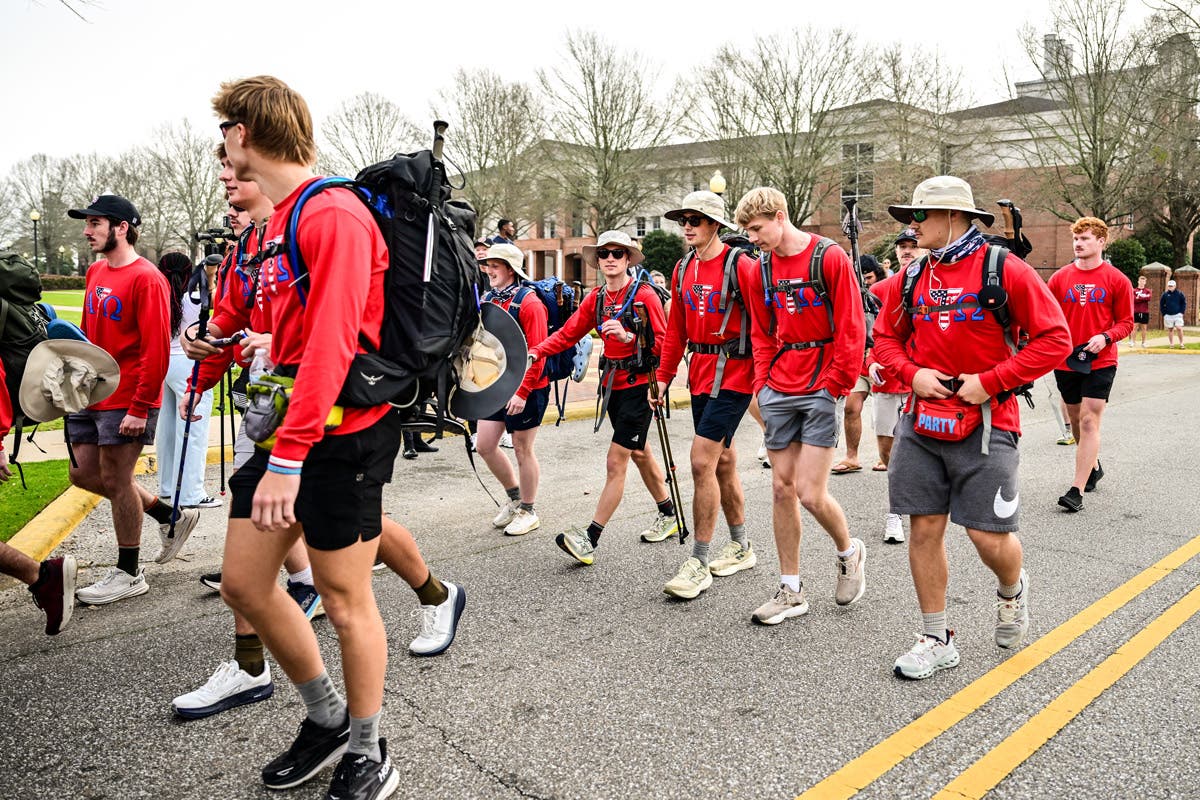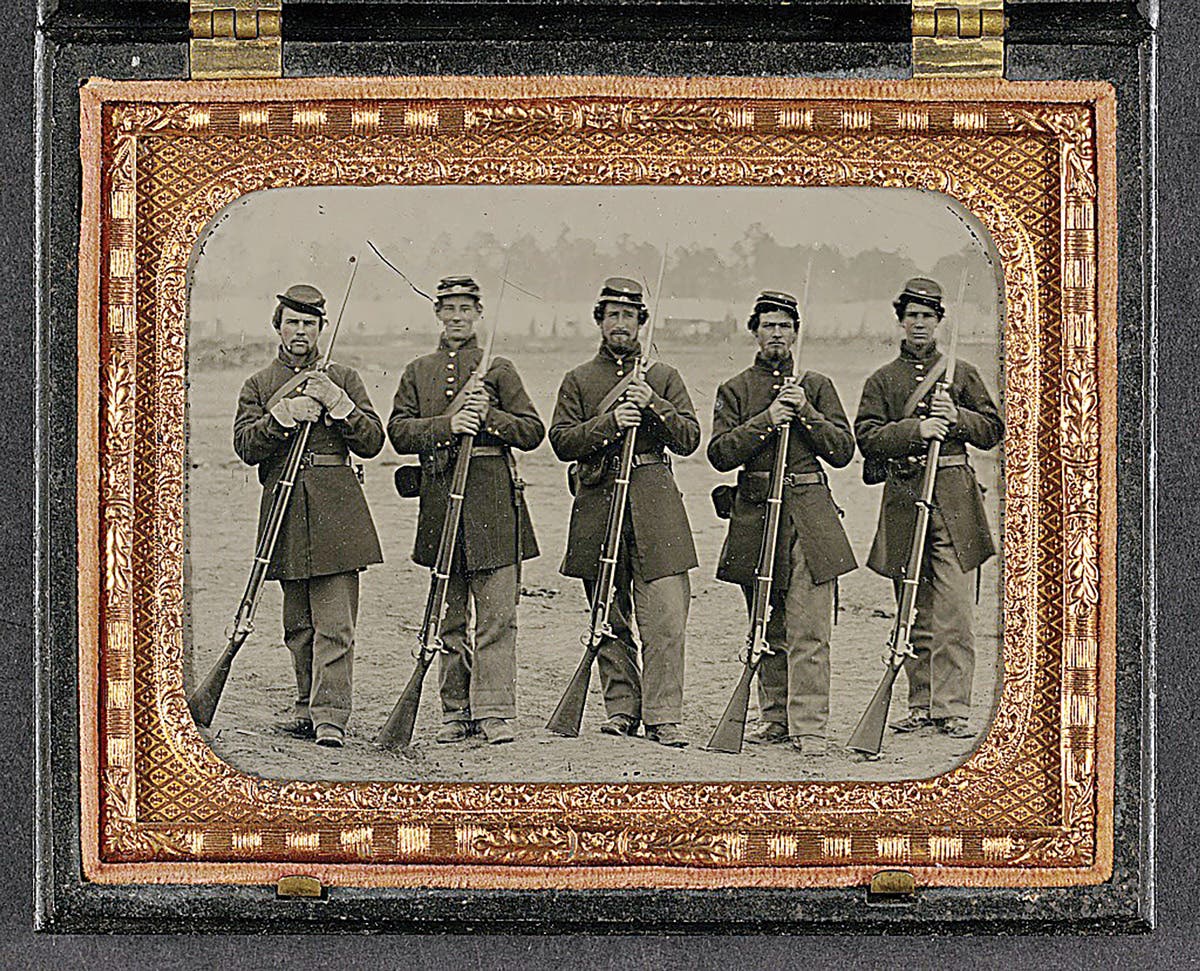The PIAT Gun: Britain’s WW2 Tank Killer
The British found a way to stop German panzers in their tracks during WWII.
During the First World War, the British looked to break the stalemate through the “landship program,” headed by First Lord of the Admiralty Winston Churchill. The program considered creating massive vehicles — weighing as much as 300 tons or more — that could cross the trench system. Though it was deemed impractical, it did lead to the development of the first tanks.
But as the tank solved the problem of mobility on the battlefield, it created a new problem. Namely, how to stop enemy tanks in their tracks. By the outbreak of WWII, the British had such a firearm that could just that: The Boys Anti-Tank Rifle.
Officially known as “The Rifle, Anti-Tank, .55in, Boys,” it was nicknamed the “elephant gun” because of its massive size and large bore. The gun was developed by Captain H.C. Boys, the assistant superintendent of design at the Enfield Royal Small Arms Factory and a member of the British Small Arms Committee. Originally called the “Stanchion,” when Captain Boys died a few days before the rifle was approved for service in November 1937, it was renamed in his honor.
The Boys Anti-Tank Rifle fed from a five-shot magazine, and due to its size was fitted with a large bipod at the front and grip below the padded butt plate. It actually proved adequate against the German light tanks used at the outset of WWII, but was gradually phased out as the thickness of enemy armor increased.
The Boys was also used alongside the No. 68 anti-tank rifle grenade, officially known as the “Grenade, Rifle No. 68/AT.” Developed in 1940 as an alternative anti-tank weapon for infantry soldiers, it is believed to be the first true “High Explosive, Anti Tank” (HEAT) device to see use in combat. It could be fired from the standard British SMLE rifle and was capable of penetrating armor up to two-inches thick.
Blacker’s Bombard Mortar
Prior to the defeat of the French Army and the British escape from the continent via the so-called “miracle of Dunkirk” in early 1940, the British Army had found that neither the Boys Anti-Tank Rifle nor the No. 68 AT Rifle Grenade were effective as anti-tank weapons. The Boys was quite large and unwieldy, and yet only effective against light tanks at short ranges. The No. 68 grenade was also too light to deal any serious damage to any armored vehicle
Clearly, a different weapon was required if British infantry was going to stop German armor. Designers looked to create a weapon that could launch larger projectiles with greater range than that of the No. 68. While a number of concepts were considered, Lieutenant Colonel Stewart Blacker of the Royal Artillery submitted a design that the Army adopted.
Blacker had originally sought to create a lightweight platoon mortar that relied on the “spigot” discharge system. This works without the barrel being used to actually launch the projectile. Instead the projectile is fired from the spigot — usually a heavy steel rod — that is driven into the shallow tail of said projectile. In this design the spring hits the charge of the projectile. The pressure of the ignited powder launches the projectile off the spigot.
Blacker had envisioned his weapon as something that could be used as a dual purpose launcher — either for high explosives in indirect fire like that of a mortar or in direct fire as an anti-tank weapon. His concept led to the creation of the 29mm Spigot Mortar that earned the nickname, “Blacker Bombard.” Though the mortar couldn’t actually penetrate armor, Home Guard and Airfield Defence units employed the weapon.
The Spigot Mortar simply could not fire a powerful enough bomb. The solution was found, however, in utilizing hollow-charge ammunition. This concept had existed since the second half of the 19th century when American inventor Charles Edward Munroe discovered that an explosive could yield more damage if there was a recess in it facing a target. This was known as the “Munroe Effect.” It essentially provided — and still does — a way for infantry to present a serious threat to armored vehicles.
The Personal Touch
Blacker attempted to develop a portable anti-tank version of the Spigot Mortar, which he dubbed the “Baby Bombard,” but he found it was still unsatisfactory due to the round. When Blacker was posted to other duties, Major Millis Jefferis took up the project. Jefferis rebuilt the prototype, combining it with a hollow-charge mortar bomb. The so-called “Jefferis Shoulder Gun” impressed the Ordnance Board of the Small Arms School. In August 1942, they put the weapon into production.
Renamed “Projector, Infantry, Anti Tank” (“PIAT” for short), the Ordnance Board ordered that it be issued to infantry units as a hand-held anti-tank weapon. Beginning in 1942, Imperial Chemical Industries manufactured the PIAT in significant numbers. By 1945, a total of 115,000 were produced with several thousand more manufactured by the start of the Korean War.
British and Commonwealth forces began using the PIAT in mid-1943, and reportedly it was first used in action by Canadian forces during the Allied invasion of Sicily where it under performed. The bomb failed to detonate if didn’t hit the target squarely. By the time of the invasion of the Italian mainland, the problem was remedied.
Confidence in the weapon was still lacking, however. During the invasion of France a year later, refined ammunition made the weapon much more effective. Seven percent of all German tanks destroyed by British/Commonwealth forces in the Normandy Campaign were reportedly knocked out of action by PIATs. That was better than the six percent destroyed by aircraft!
But, just as the British looked to create a more powerful anti-tank weapon, so, too, did the Germans look for ways to defeat those weapons. Increasingly, German tanks came equipped with armored skirts that could deflect hollow-charge ammunition from the PIAT as well as the American bazookas.
The PIAT was used in all theaters of WWII. Various resistance forces used the weapon. The British even managed to have PIATs smuggled into occupied Poland where it was used during the 1944 Warsaw Uprising. Through the Lend Lease program, the British supplied 1,000 PIATs and 100,000 rounds to the Soviet Union. Six British and Commonwealth soldiers were awarded the Victoria Cross in WWII for actions that involved the PIAT.
The PIAT remained in use until the early 1950s. The Australian Army even used the PIATs during the Korean War, and the Israeli Haganah employed them against Arab tanks during the 1948 Israeli War of Independence.
PIAT Characteristics and Operation
The PIAT was 39 inches long and weighed a backbreaking 32 pounds, empty. It had an effective direct fire range of 115 yards (105 meters). It was capable of penetrating 75mm of armor and could do substantial damage to buildings or other defenses even at its maximum range.
While not intended to be an indirect weapon, the spigot system did allow it to be used as a makeshift mortar by rotating the T-shaped shoulder stock 90 degrees and supporting it against a soldier’s foundation. In this role, it had a maximum indirect fire range of 350 yards During WWII, the French resistance lacked mortars or other artillery, so they often used the PIAT in that capacity.
A single soldier could carry the PIAT, but typically it was assigned to a two-man team. The second soldier carried the ammunition and acted as the loader.
Loading and initial firing remained a complicated matter. While the PIAT could be fired from a prone or kneeling position, it all but required the user to stand to cock it. This was accomplished by unlatching the shoulder pad and then standing on it while pulling the rest of the gun up. By doing this, the spigot and spring were latched into the firing position. The body was then slid back to the shoulder pad and latched. Then, the loader could place projectile — or “bomb” — in the tray at the front of the PIAT.
This complicated method of cocking the gun was only required for the first cocking before firing. It would automatically be re-cock with each discharge — ---at least in theory.
Because of the weight of the PIAT, the operator usually fired it from the ground where he could utilize the integral folding support that also served as a front grip. Aiming was achieved by using the folding aperture sights along with two or three apertures in the rear sight blade with ranges from 50 to 100 yards.
The shooter had to use at least two fingers to pull the trigger. With each shot, there was a slight delay as the projectile ignited. An inexperienced operator may not hold the trigger long enough, resulting in the spring not fully re-cocking. In addition to the charge from the projectile, the spring’s movement shifted the weight of the PIAT forcing the operator to adjust accordingly.
Three types of PIAT projectiles (“bombs”) were available: HEAT (high explosive anti-tank), White Phosphor, and inert (for practice use). The bombs were supplied pre-loaded with launching cartridge in cardboard containers for transport.
As with many small arms the PIAT had its share of supporters and detractors. Those who liked it, they considered the weapon to be effective and simple to operate. It produced no dangerous back-blast or muzzle flash and was capable of defeating the armor of most tanks of the late WWII-era. However, it was also heavy, especially when compared to U.S.-made bazookas. Moreover, it had a rather unusual and uncomfortable cocking procedure. And when fired, it produced a very heavy recoil.
Collecting the PIAT
While the weapon was replaced by the American bazooka as the main anti-tank weapon used by British and Commonwealth forces, the PIAT remains a fascinating part of the history of the British arsenal of small arms. With more than 115,000 built, the PIAT is not exactly rare, though it is far from a common WWII small arm. With thousands sold off as military surplus, most major museums have examples and collectors who want one can usually find one for sale.
And while the projectiles would rightfully be considered destructive devices in the United States today, the PIAT actually appeared on the Bureau of Alcohol, Tobacco, Firearms and Explosives’s Curio & Relics list for many years. Dealers and collectors can sell PIATs with inert projectiles, with original examples in good condition fetching $1,000 or more.
You may also like:
*As an Amazon Associate, Military Trader / Military Vehicles earns from qualifying purchases.
Peter Suciu is a freelance journalist and when he isn't writing about militaria you can find him covering topics such as cybersecurity, social media and streaming TV services for Forbes, TechNewsWorld and ClearanceJobs. He is the author of several books on military hats and helmets including the 2019 title, A Gallery of Military Headdress. Email him and he'd happily sell you a copy!



